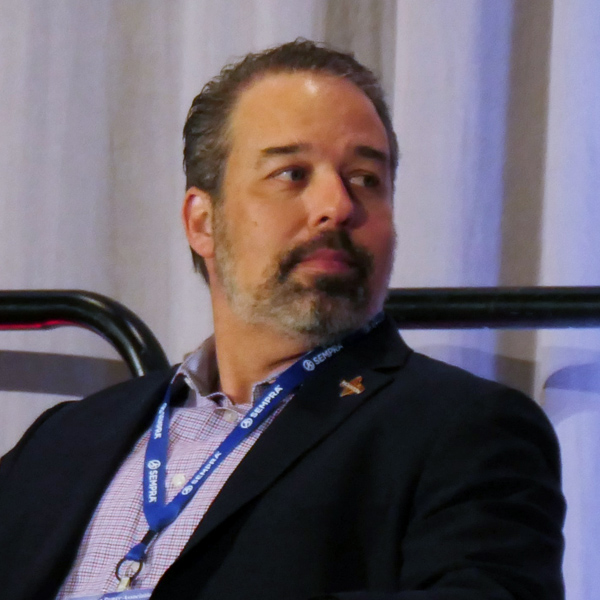Aspects of PacifiCorp’s (NYSE:BRK.A) transmission formula rate protocols limit transparency and the ability of interested parties to obtain information, FERC said Thursday in its latest ruling on last year’s show-cause orders for five Western utilities to correct deficiencies (EL22-38).
Formula rate protocols provide customers and regulators with the ability to review and challenge formula rates for transmission service. In PacifiCorp’s case, FERC found its protocols failed to adequately define the term “interested party,” which partly determines who can participate in the formula rate information exchange.
“Without such a definition, PacifiCorp’s formula rate protocols may not provide sufficient clarity and may provide PacifiCorp with the discretion to determine who is an interested party, and therefore appear to be unjust and unreasonable,” FERC said in April 2022. It ordered PacifiCorp to justify its protocols or explain how it can alleviate the commission’s concerns. (See FERC Opens Probes on Western Tx Rate Protocols.)
The commission also found a lack of transparency in the utility’s protocols because they do not “do not require PacifiCorp to make a posting of the docket number assigned to its informational filing on its website.”
PacifiCorp challenged both assertions. It argued that its protocols “contain a clear definition of ‘interested party’ because the preamble to the protocols states that ‘interested party’ means ‘a transmission customer of PacifiCorp, a state commission in a state where PacifiCorp serves retail customers, any entity having standing in a [FERC] proceeding investigating the formula rate … and [FERC] staff.’”
FERC said that was insufficient. “The definition is limited to only those entities listed and also fails to include entities such as consumer advocacy agencies and state attorneys general,” it said.
PacifiCorp also challenged FERC’s finding that the utility’s protocols “do not require [it] to make a posting on its website.” It argued that it posts its annual update on its Open Access Same-time Information System (OASIS) website, pursuant to its protocols, which require the utility to put its annual update “in an accessible location” on its OASIS site.
FERC said that too was not enough. The utility’s protocols must contain a specific provision for “posting on its website.”
“Lacking such a provision is inconsistent with [an order in which] the commission directed MISO to provide notification of its informational filing through the email ‘exploder’ list to be maintained by MISO, and by posting the docket number assigned to each transmission owner’s informational filing on the MISO website and OASIS within five days of such filing,” FERC said.
“PacifiCorp’s protocols do not contain a provision that requires PacifiCorp to post the docket number assigned to its informational filing on both PacifiCorp’s website and OASIS within five days of such filing,” the commission continued. “We find that posting the docket number assigned to PacifiCorp’s informational filing on PacifiCorp’s website, in addition to its OASIS site, is necessary to provide transparent access to the informational filing to interested parties that may not be familiar with PacifiCorp’s OASIS site.”
FERC ordered PacifiCorp to file a compliance filing within 30 days with proposed tariff revisions to rectify the shortcomings.
The four other utilities named in last year’s compliance filings were Idaho Power, Public Service Company of Colorado, Public Service Company of New Mexico and Puget Sound Energy. FERC accepted tariff revisions from Idaho Power, PSCo and PSE, subject to further compliance filings, and concluded its proceedings against PNM. (See PSCo, Idaho Power Comply with Show-cause Order.)
The five cases are the latest in a series of numerous proceedings that FERC has initiated to investigate formula rate protocols since 2012, when it ordered MISO transmission owners to “file revisions to their formula rate protocols regarding the following areas of concern: the scope of participation (i.e., who can participate in the information exchange); the transparency of the information exchange (i.e., what information is exchanged); and the ability of customers to challenge transmission owners’ implementation of the formula rate as a result of the information exchange (i.e., how the parties may resolve their potential disputes).”
The commission has repeatedly stressed the importance of ensuring the formula rate protocols meet those standards.
“The commission permits transmission service rates to be established through formulas,” FERC explained in its April 2022 show-cause order to PacifiCorp. “Under a formula rate, the formula itself is the rate, not the particular components of the formula.”
TOs adjust the formula inputs yearly, requiring “safeguards … to ensure that the input data is correct; that calculations are performed consistent with the formula; that the costs to be recovered in the formula rate are reasonable and were prudently incurred; and that the resulting rates are just and reasonable,” FERC said in the show-cause order.
Formula rate protocols “provide transmission customers with specific procedures for reviewing and challenging rates,” the commission said. “In order to fulfill this purpose, formula rate protocols must afford adequate transparency to affected customers, state regulators or other interested parties, as well as provide mechanisms for resolving potential disputes. Formula rate protocols therefore play an important role in ensuring just and reasonable rates.”



